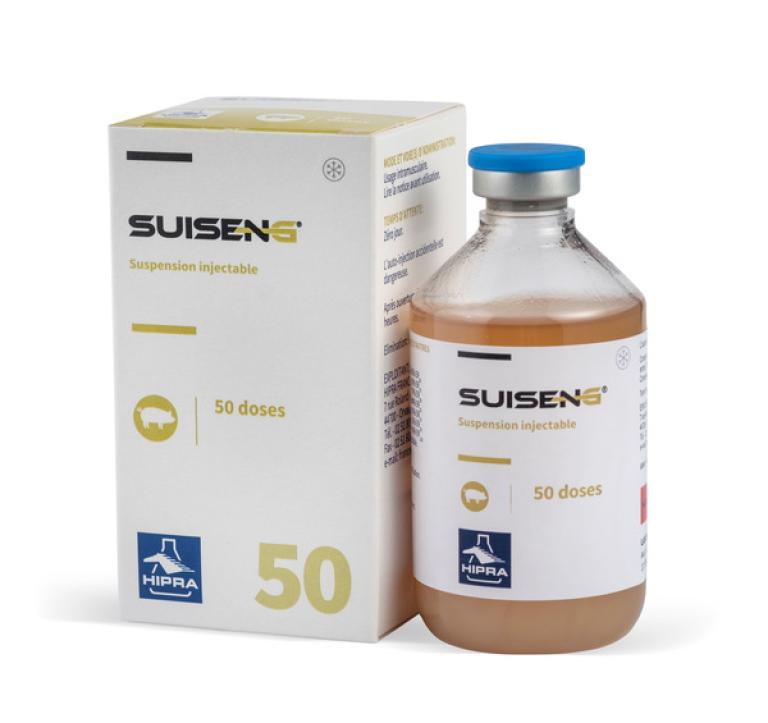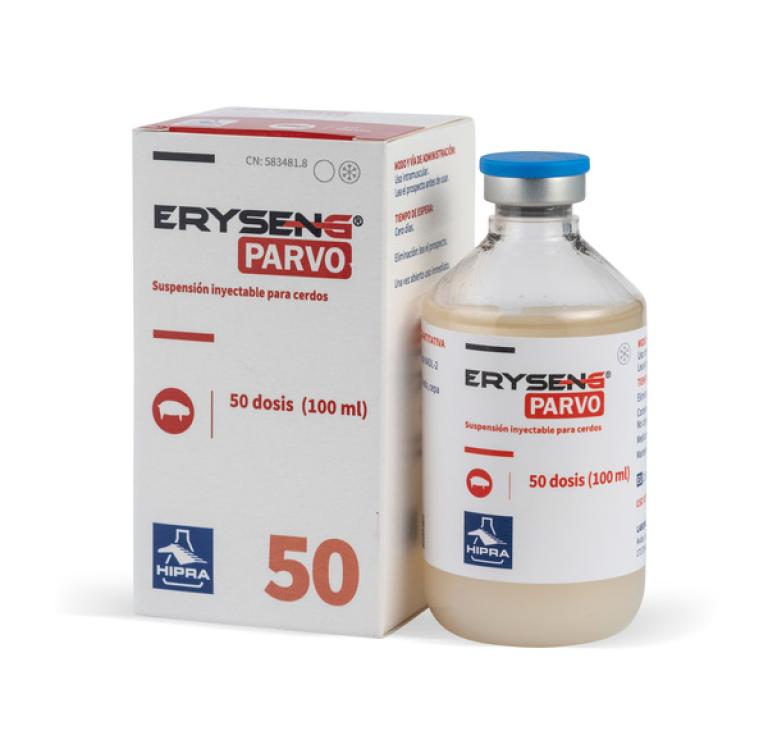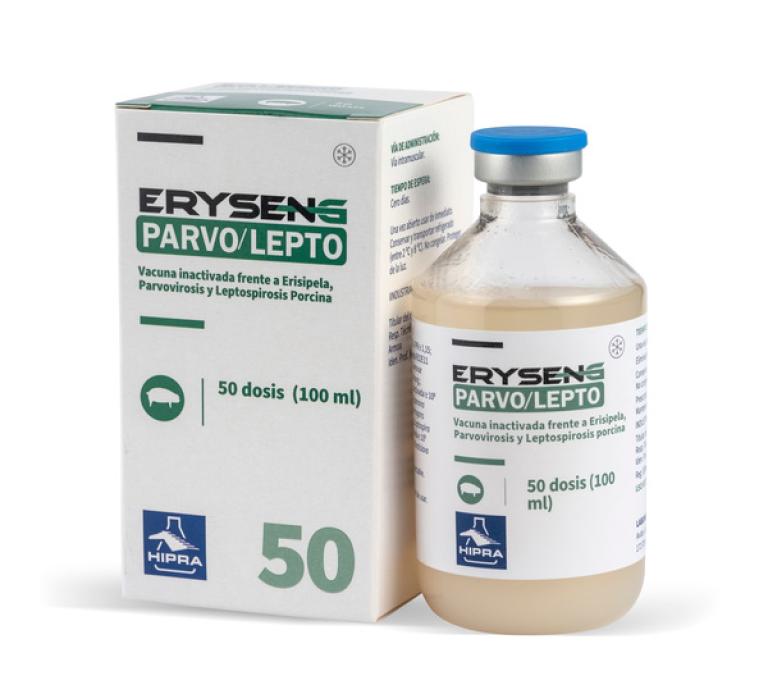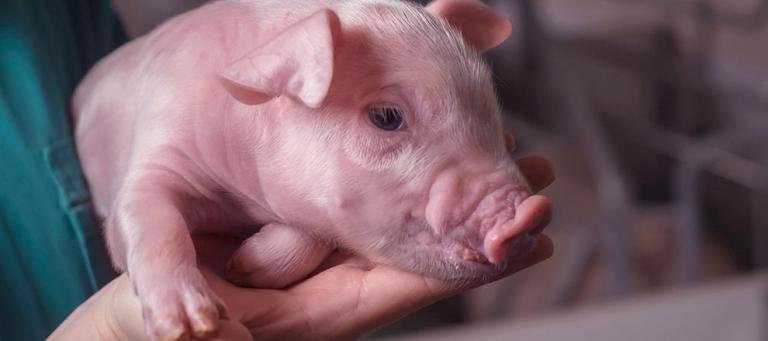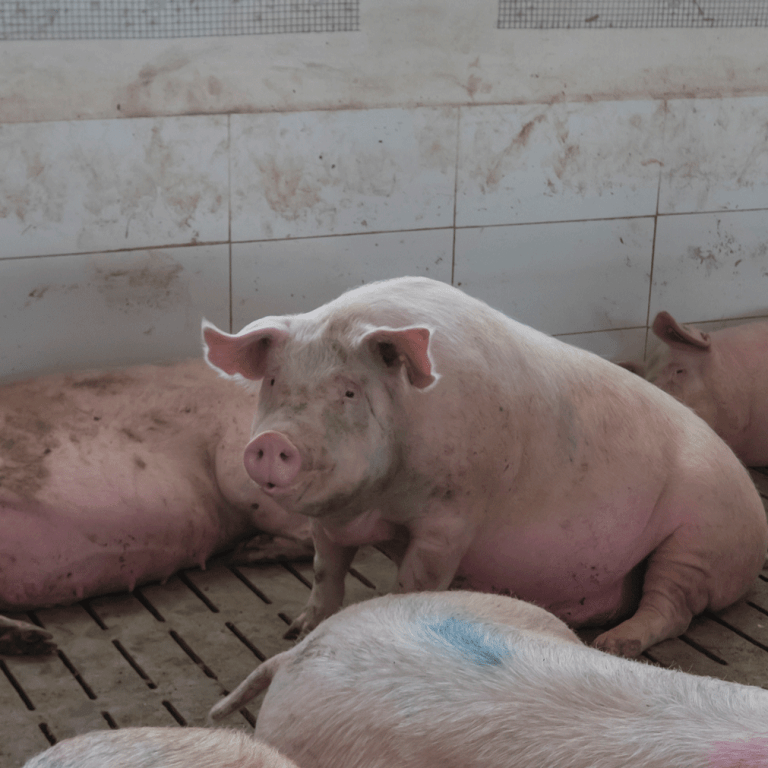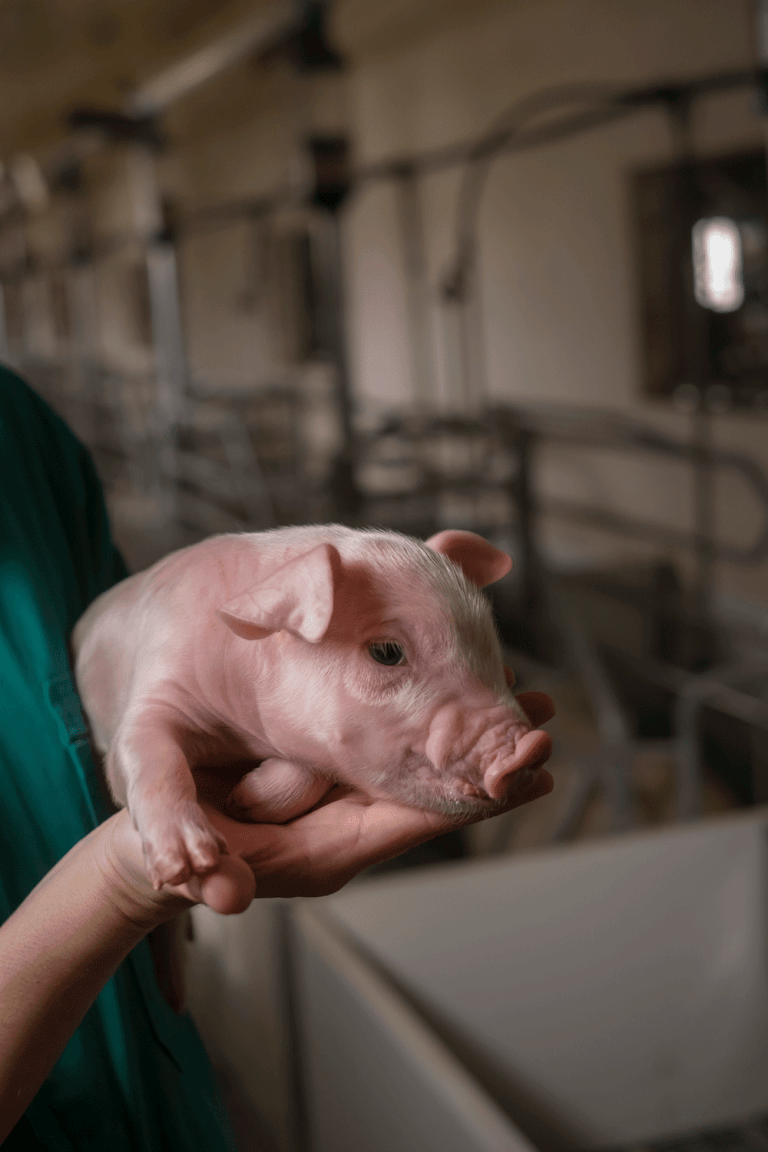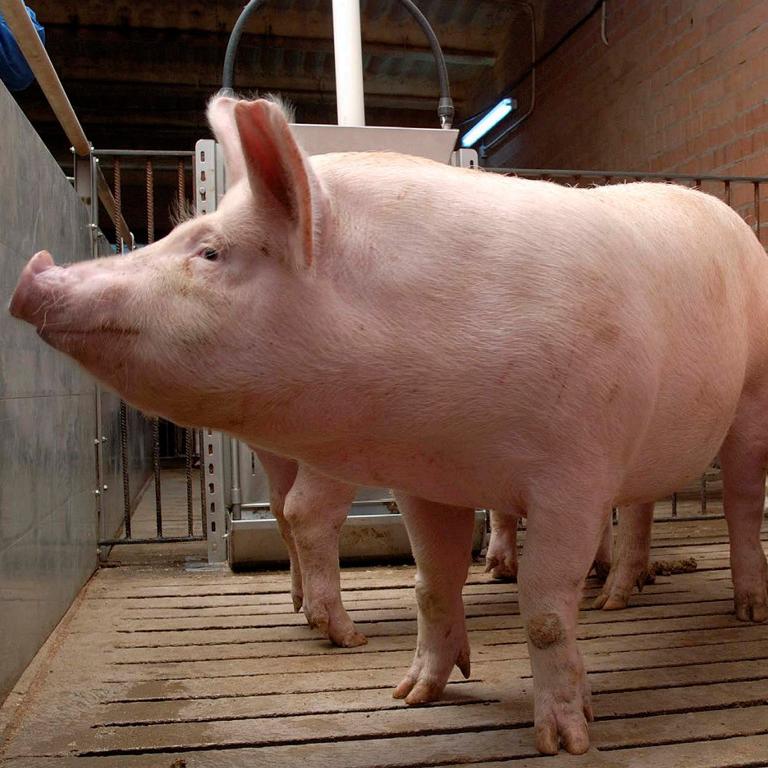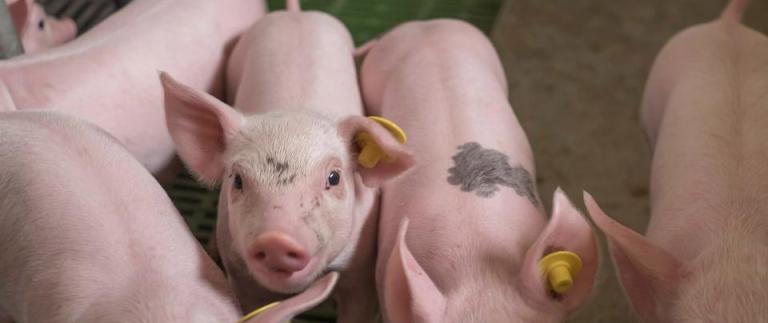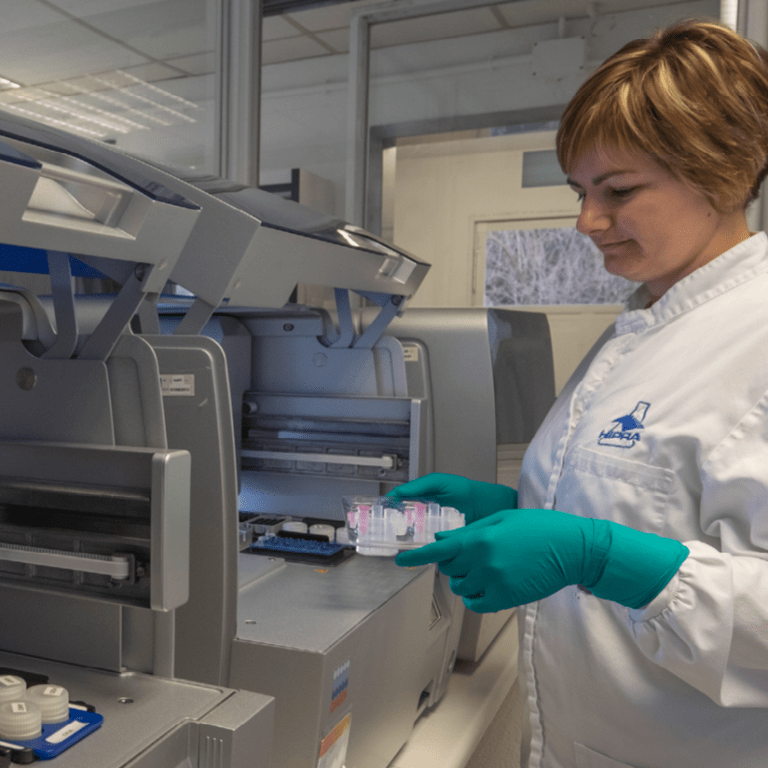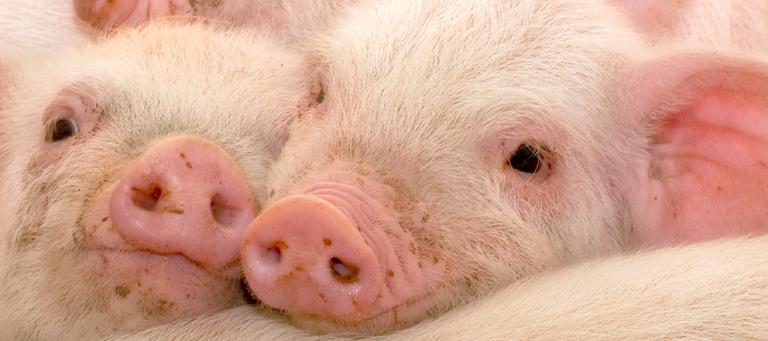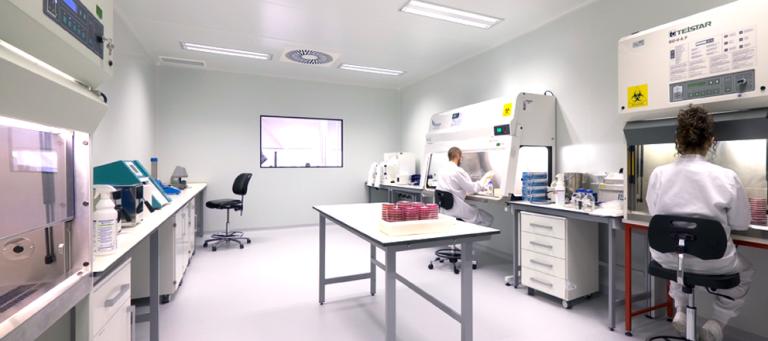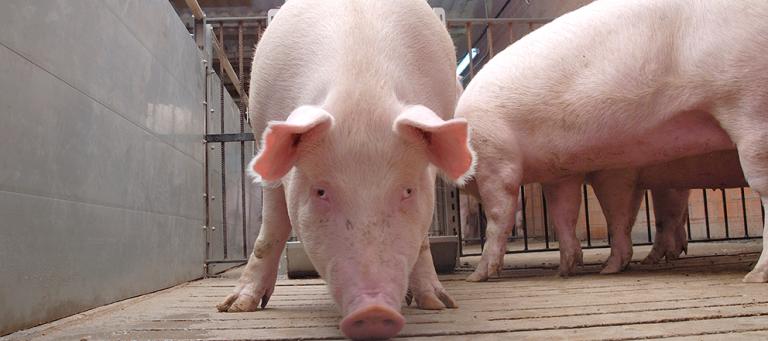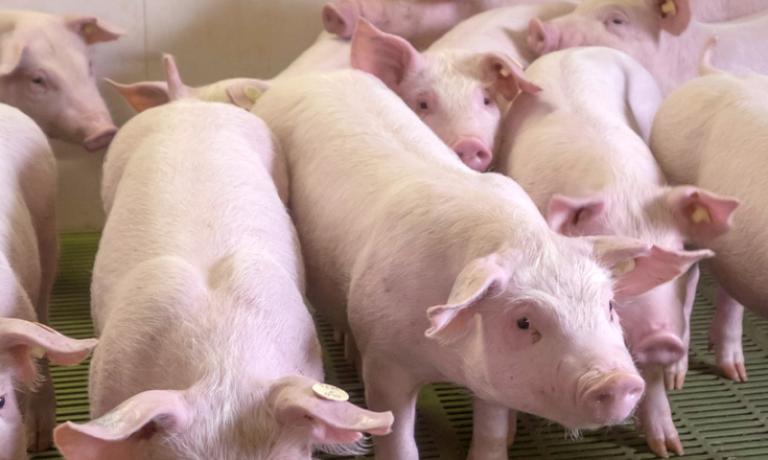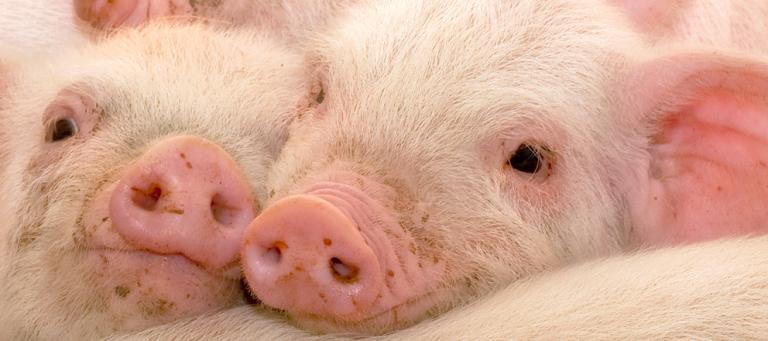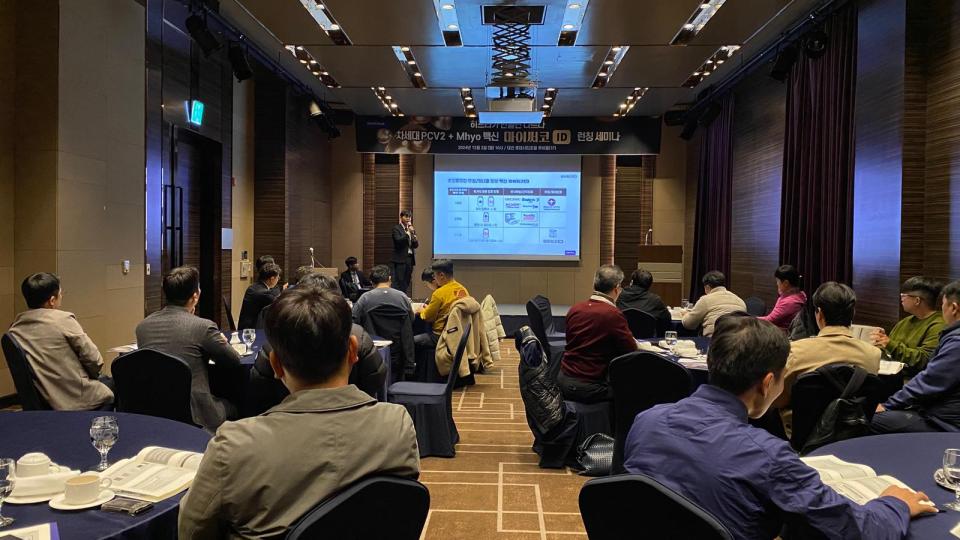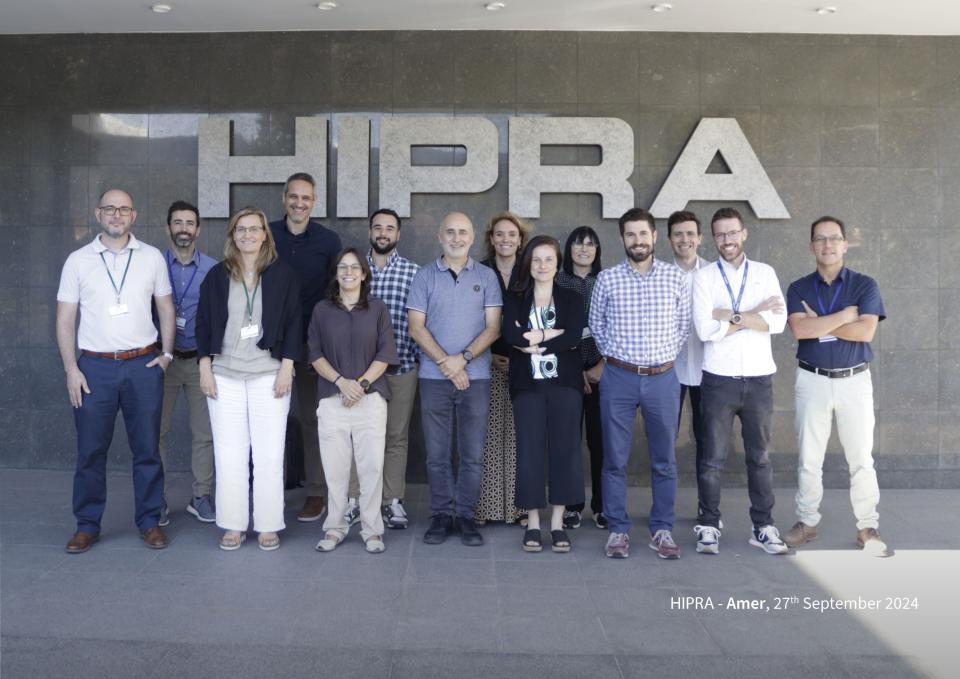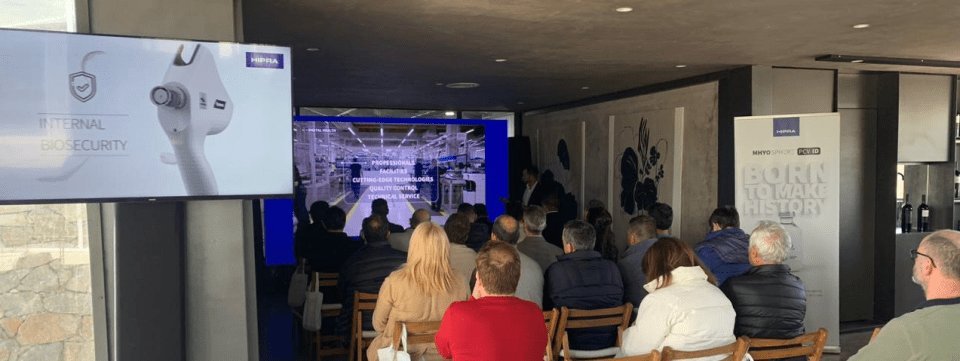AETIOLOGY:
Glaesserella parasuis
CLINICAL SIGNS:
Signs depend upon where the organisms localize. Signs of central nervous system appear because of localization of G. parasuis in the brain, meninges and spinal cord. Signs may then include tremors, incoordination, posterior paresis or lateral recumbency. Often there are swollen leg joints and the animal will favor an affected leg while walking. Sudden deaths may occur in any age group. There sometimes are signs suggestive of septicemia or myositis.
TRANSMISSION:
Transmission between pigs is by nose-to-nose contact and also by air droplets. Between farms,
spread is generally by the movement of carrier pigs that are not showing clinical signs of disease.
The pig only needs to become infected with a small number of bacteria for clinical disease to occur.
LESIONS:
There is plenty of serofibrinous or fibrinopurulent exudate in the peritoneal cavity, the pericardial sac or thorax. Pleuritis is a common lesion and may be present with or without obvious pneumonia. Lesions in the lungs often are red, multifocal, disseminated and suggestive of septicemia and hematogenous spread. It may also contribute to typical bronchopneumonia. Occasionally, there is fibrinopurulent exudate in the brain or one or more leg joints often are swollen.
DIAGNOSIS:
A tentative diagnosis often can be made on the basis of history, signs and typical lesions. The diagnosis should be confirmed by culture of G. parasuis from lesions affecting serous membranes, cerebrospinal fluid, joints or other tissues. Glasser’s disease may be differentiated from other diseases that cause CNS signs, septicemia or arthritis. Molecular techniques for identifying G. parasuis from clinical specimens and carrying out epidemiological studies have been well described.
TREATMENT, PREVENTION AND CONTROL:
Sick animals should be treated promptly and parenterally with an appropriate antimicrobial. G. parasuis is sensitive to many antibiotics and sulfonamides but the sensitivity pattern of isolates from individual farms may vary over time so periodic evaluation of antibiograms is warranted.
Prevention may involve management modifications, control of primary diseases and vaccination. Vaccination of breeding stock has been described of benefit. Some studies suggest that piglets from dams that have been vaccinated against G. parasuis prior to farrowing, or piglets vaccinated at 1-3 weeks of age have considerable protection to the disease.




